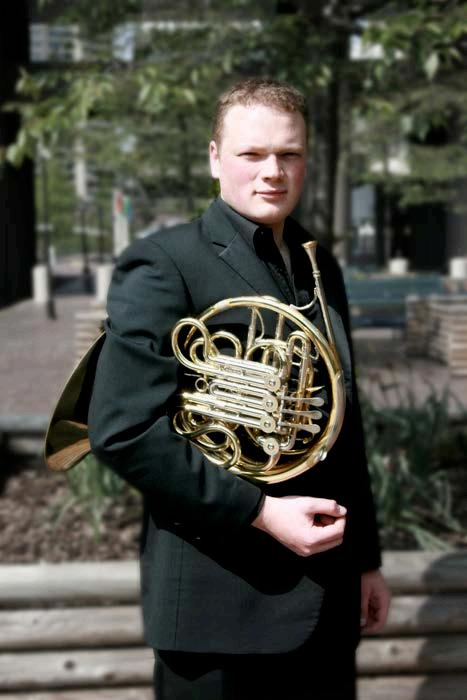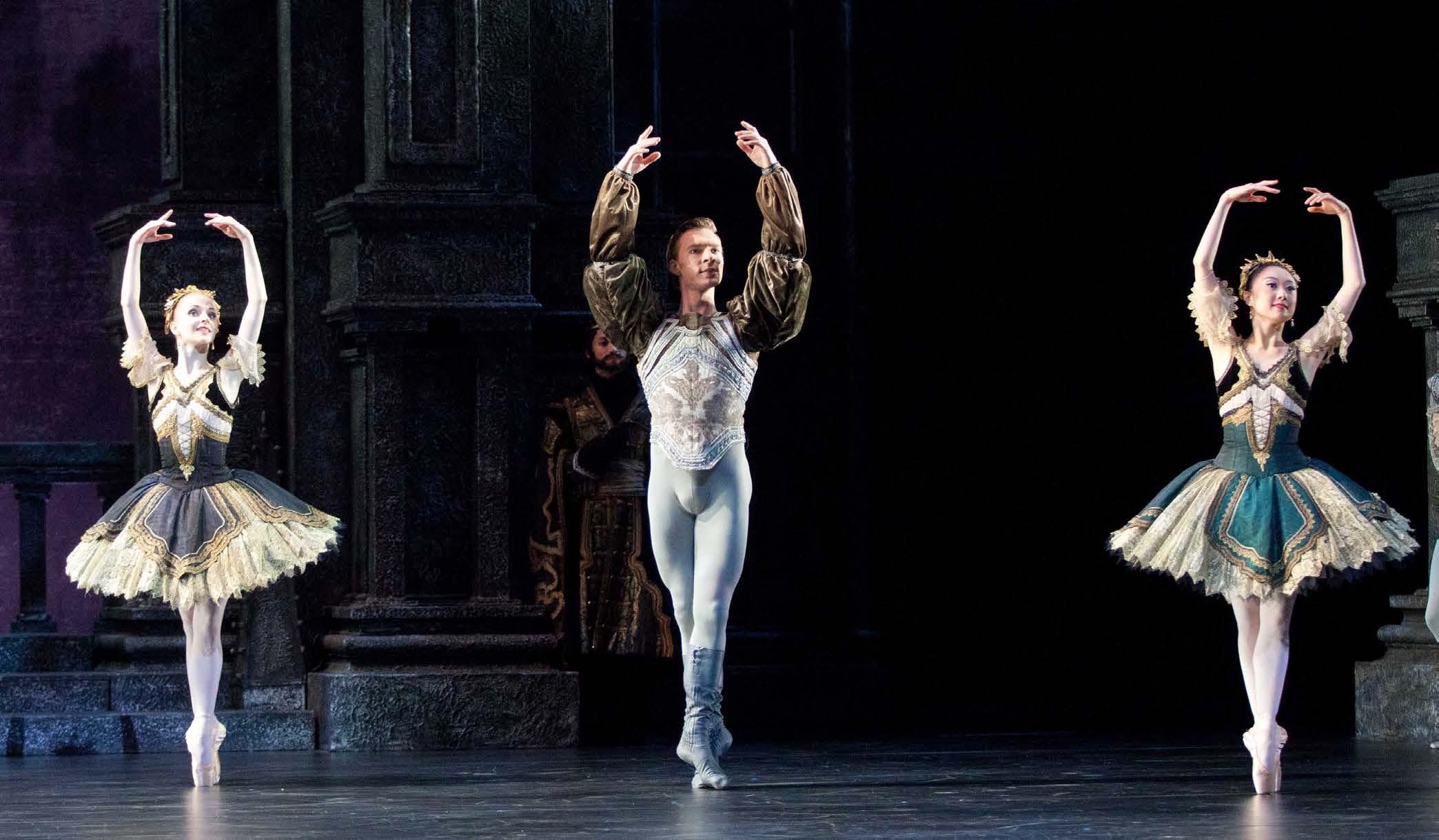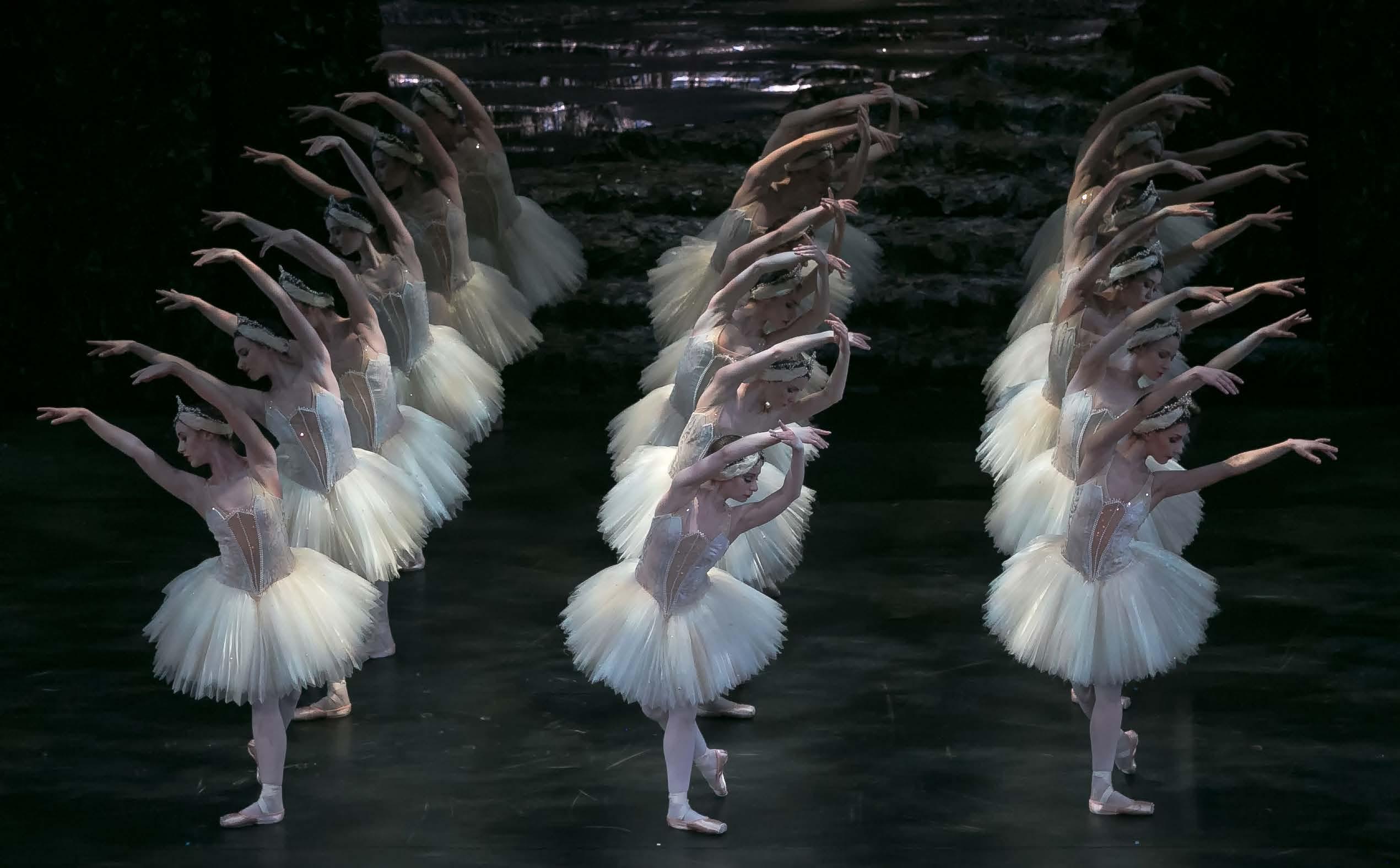
1 minute read
INSIGHT: ANDREW LITTLEMORE
from Swan Lake
Tchaikovsky’s ballet Swan Lake is one of the most recognised orchestral ballet scores, thanks in no small part to the hauntingly beautiful and memorable melody initially played on the oboe, which occurs numerous times and in various guises throughout the work.
Tchaikovsky finished the initial score between 1876 and 77 after only a year’s work on it. As a ballet composer he was hugely influenced by the writing of what were known at the time as ‘specialist’ ballet composers such as Léo Delibes and Adolphe Adam. These ‘specialist’ composers, amongst others, conveyed a storyline through the music by using leitmotifs, a means of associating certain themes with a mood or character. Their writing was known for light scoring with decorative and rhythmically clear passages. Tchaikovsky adopted this method and embellished it in his own particular style in Swan Lake.
Within his typical colourful, varied and romantic orchestration, this oboe theme can be heard throughout the ballet. The scene for the introduction of this theme is set by the upper string section, using a technique called tremolando which creates a shimmering sound symbolising water and a feeling of anticipation.
Playing the french horn in a piece like Swan Lake is a wonderful experience. Tchaikovsky uses the capabilities of the instrument for many different purposes in his scores. The horns are used to give colour and depth when accompanying delicate wind solo lines, as well as at other times joining the brass section for the dramatic sections of powerful writing. The pulses of rhythmic writing that occur through the entire ballet give a wonderful structure enabling the performers on stage to lock into the variety of rhythmic ideas.
This season will be the fourth run of Swan Lake performances I have been a part of since I joined the Royal Ballet Sinfonia. With such a full score and so many intricate details, not to mention different orchestral pit layouts, there are always new details to listen out for which make every performance slightly different, keeping each one dynamic, spontaneous and vital.












